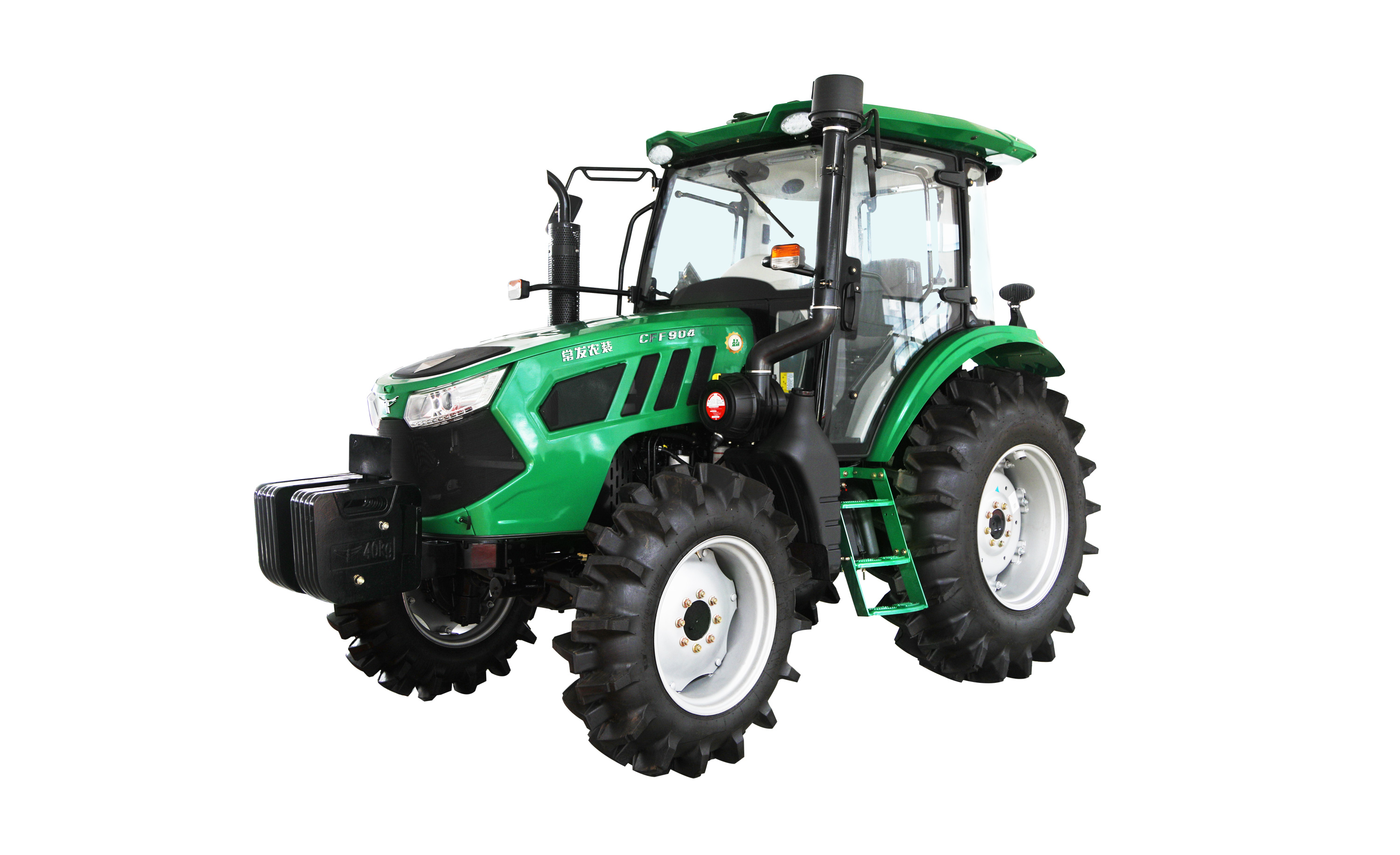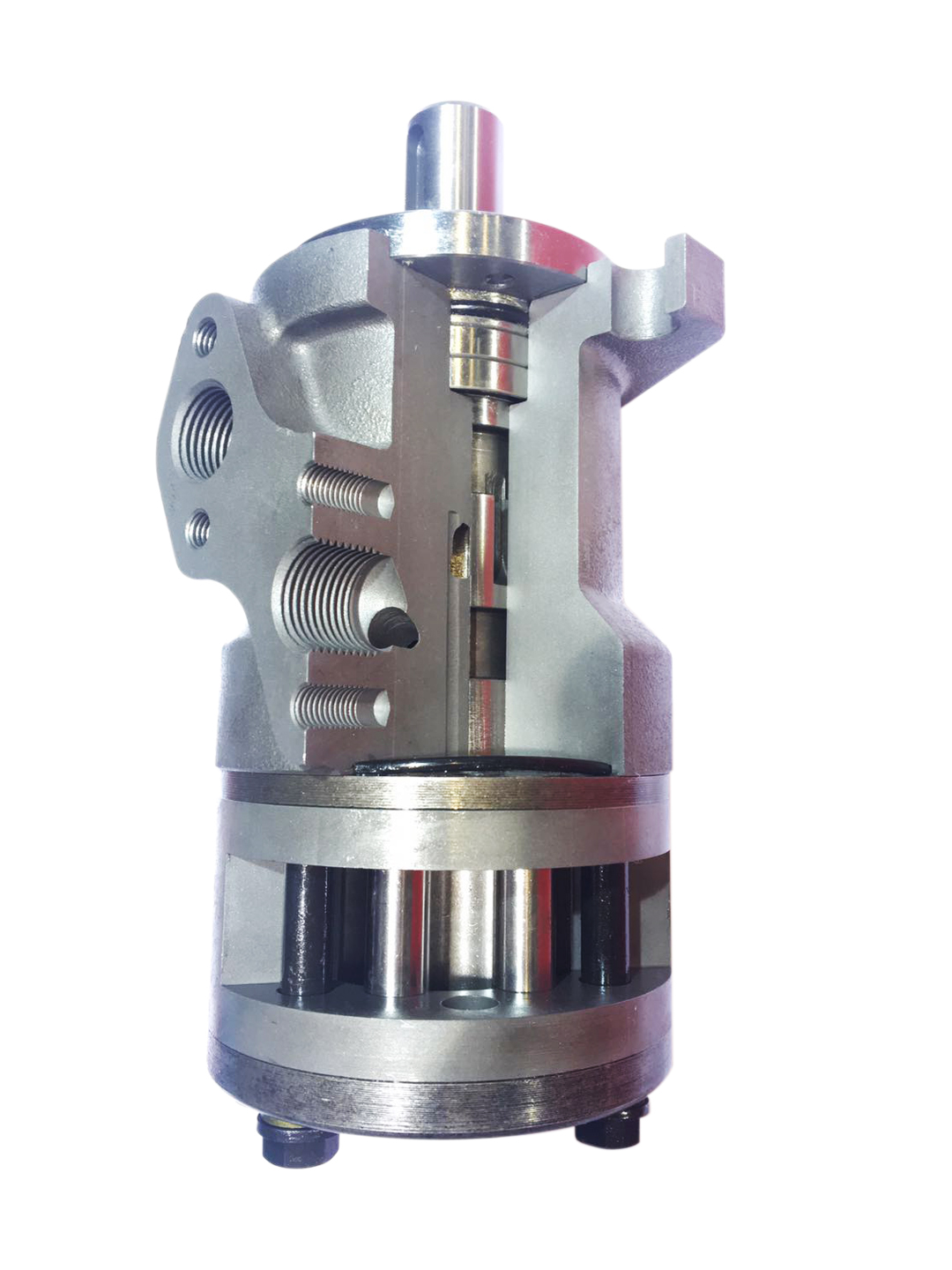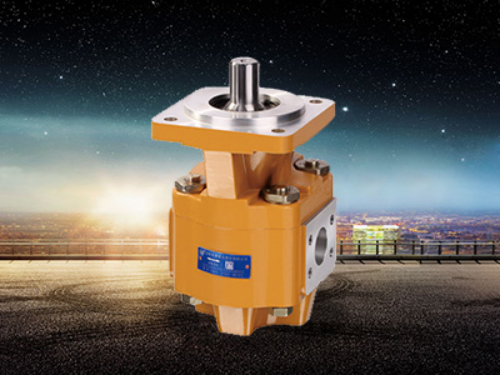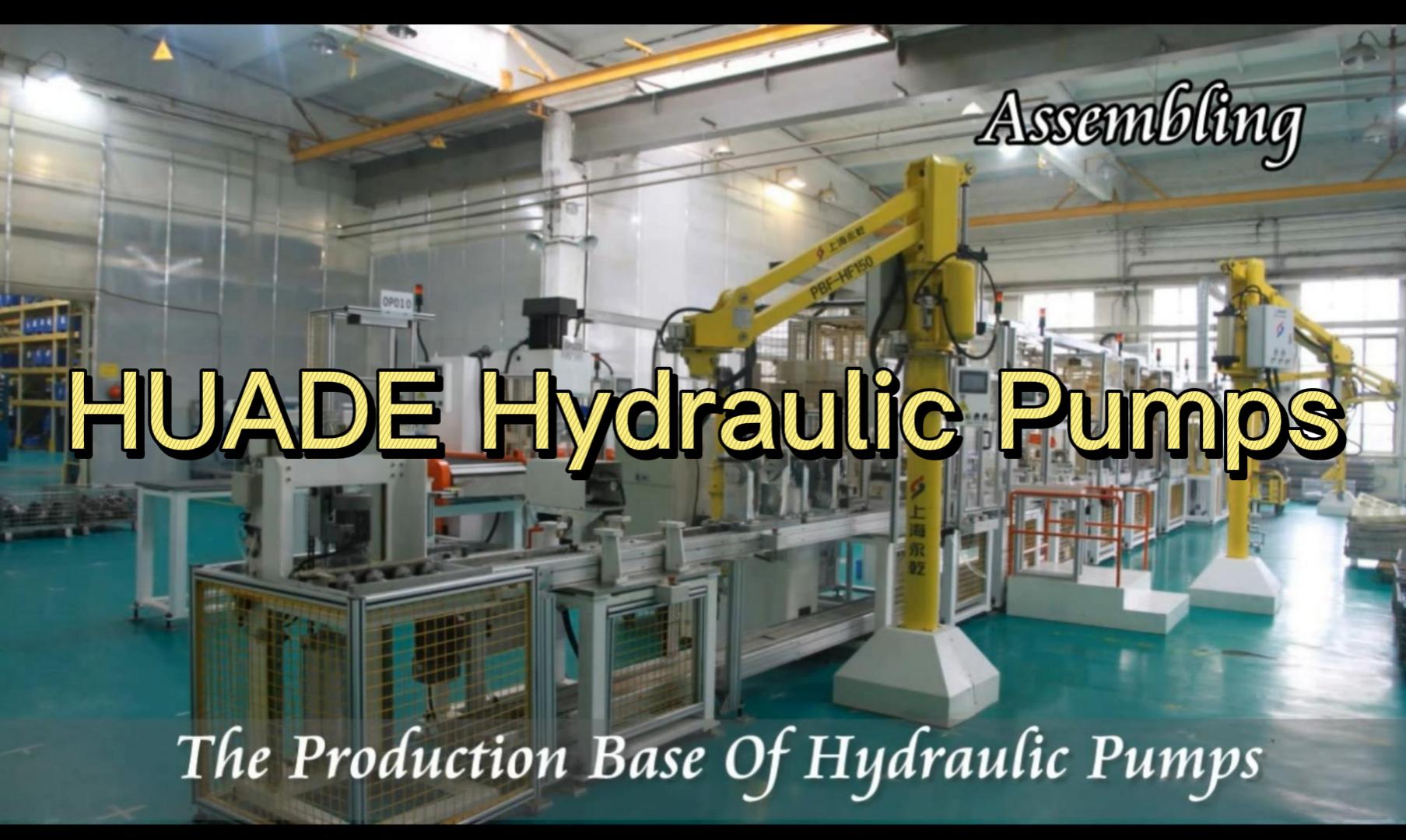- The Hydraulic System of a Tractor
A tractor is a powerful piece of machinery that is used for many different tasks. Its numerous uses range from pushing and pulling agricultural machinery to plowing soil for planting. While farmers can do many of these tasks manually, using a tractor can make the process faster and more efficient. In addition, tractors can be fitted with disc harrows for tilling purposes and can also be used to eliminate weeds and cut up unwanted growth.
- Tractor
A tractor is an agricultural vehicle that is capable of carrying out a number of tasks. Agricultural tractors have various horsepower levels and are used for a variety of different purposes. Some types are more compact and specialized for specific purposes, such as landscaping. A compact tractor is also capable of towing an implement. The tractor provides tractive power through its wheels to the towed implement, allowing it to perform a number of different tasks.
Some tractors have an electronic control system. This system is similar to an automobile, with many buttons and switches in the cab. Many modern tractors have a continuously variable transmission, or CVT, that allows the operator to adjust the speed and direction of the tractor while operating it. This allows the operator to make adjustments to the speed of the tractor without having to worry about triggering a manual clutch.
Early tractors were known as "standard" tractors. Their main purpose was to plow the soil before planting. These early tractors had low seating positions, fixed-width tread, and low ground clearance. They were also cumbersome and not very suitable for controlling weeds in row crops. Modern tractors have more sophisticated traction engines and multiple-wheel-drive systems.
- Electric Tractor
If you want to own a tractor that runs on electricity, then you may want to consider an electric tractor. These tractors operate through the use of electric power cables and batteries. This means that they don't require gasoline or diesel, which is very important for farmers. An electric tractor is also great for the environment.
A grid-connected electric tractor, can use energy from a 'Smart Grid' electricity network to power its tractor. This energy can be generated from sources such as solar panels, windmills, and manure digesters. It is then fed into the tractor through a cable. It is a project developed in collaboration with the German government and the Kaiserslautern technical university. It is funded by the B.A.U.M. foundation, which supports sustainability research.
- Hydraulic Motor on Tractor
The hydraulic motor on a tractor has two main purposes. One is to accelerate a load, while the other is to slow the tractor. Both types use fluid and can be controlled by using a control system. Using the controls system, a tractor operator can change the speed or torque of the motor.
The hydraulic system in a tractor consists of several components that transfer fluid power from the engine to implements. These components include the intake manifold, a series of screens, a strainer, and valves. The valves control how much fluid the tractor needs to move an implement. The valve stem sits inside the cam lobe and is moved by a handle to adjust the flow of fluid to the implements.
There are numerous types of hydraulic systems available for tractors. Eaton, for example, has an extensive line of hydraulic motors for a variety of farming equipment. Its hydraulic motors are compatible with most standard installations. These systems are also designed with efficiency, torque density, and power in mind.
- Hydraulic Pump Motor
A hydraulic pump is one of the most important components of a tractor. It powers the engine and various implements by moving oil and other fluids. Whether the tractor is moving a load or working in a garden, it relies on hydraulic power to keep going. There are many components in a hydraulic system, including a reservoir, an intake manifold, valves, and a strainer.
When choosing the right hydraulic pump motor for your tractor, you should first determine what type of tractor you have. You will most likely find hydraulic pumps on tractors with power takeoff systems, which use the engine to rotate the accessories. Alternatively, you will find hydraulic pumps on Integrated System Vehicles, which use an electric motor to power the accessories.
You can check the condition of the hydraulic pump motor for your tractor by checking the oil temperature. Oil temperatures should be 70 degrees Fahrenheit or above. Keeping this in mind will help you ensure that your tractor is operating safely and efficiently. Moreover, if the oil temperature is low, it can affect the pump's performance.

 中文
中文 English
English Español
Español Français
Français


